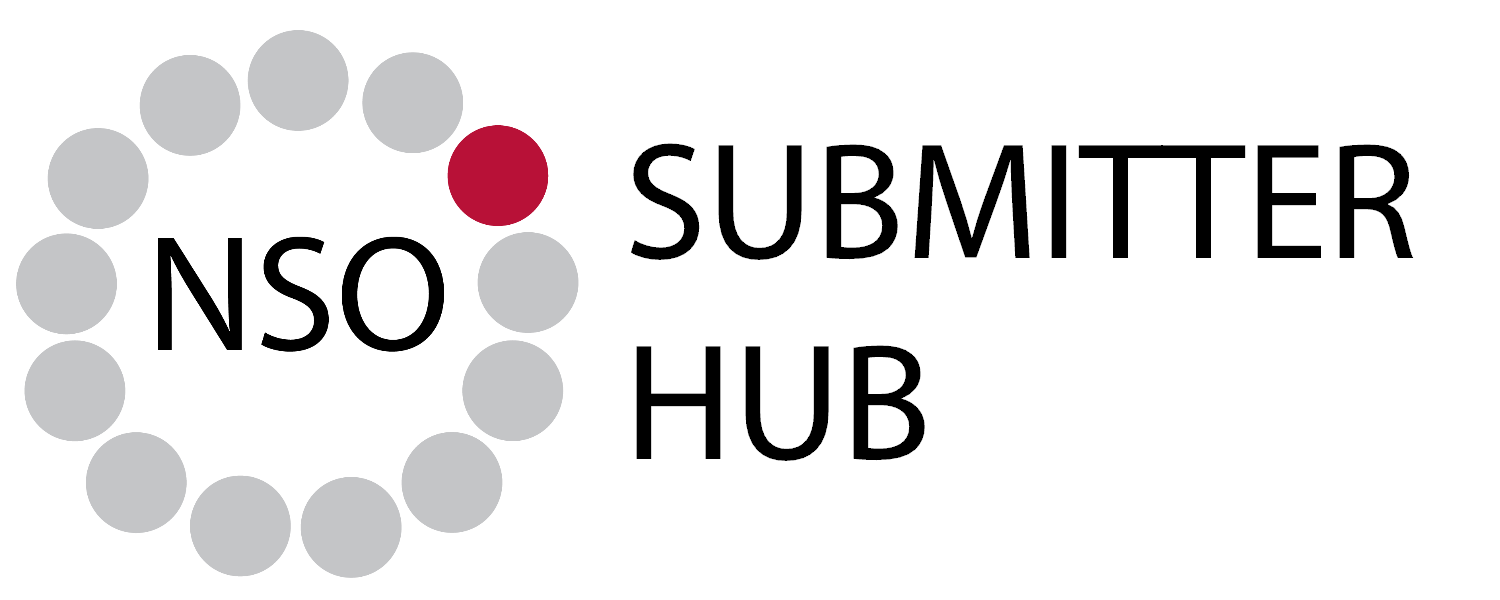Heel Stick Method
Puncture
- To obtain sufficient blood flow, puncture the lateral aspect of the infant’s heel on the plantar surface with a sterile lancet or with a heel incision device. The incision device provides excellent blood flow by making a standardized incision 1.0mm deep by 2.5 mm long.
- Any puncture device used should be selected so that the puncture does not exceed 2.0 mm in depth.
- In small, premature infants, the heel bone (calcaneus) might be no more than 2.0 mm beneath the plantar heel skin surface and half this depth at the posterior curvature of the heel. Studies indicate that for some infants (including full-term infants) a puncturing depth beyond 2.0 mm might be excessive and might cause bone damage.
- For infant safety, scalpel blades or needles must not be used to puncture the skin for blood collection. Disposable skin puncture lancets of different designs are commercially available for performing the heel stick on infants. For worker safety, disposable skin puncture devices that protect the user from unintentional self-inflicted skin punctures are preferable.
Unacceptable sites for NBS blood collection:
- Arch or central area of an infant’s foot
- Fingers of a newborn
- Earlobe
- A swollen or previously punctured site, as accumulated tissue fluid may contaminate the specimen
- Uncleared intravenous lines
Direct application
- After the heel has been punctured, wipe away the first drop of blood with a sterile gauze pad or cotton ball.
- Allow a second large blood drop to form by intermittently applying gentle pressure as the drop of blood forms. Touch the filter paper gently against the large blood drop and, in one step, allow a sufficient quantity of blood to soak through and completely fill a preprinted circle on the filter paper. Do not press the filter paper against the puncture site on the heel.
- Blood should be applied only to one side of the filter paper. Both sides of the filter paper should be examined to assure that the blood has uniformly penetrated and saturated the paper to the other side.
- Do not layer more than one drop of blood per circle.
- Repeat until all 5 circles are filled completely.
- After blood has been collected from the heel of the newborn, the foot should be elevated above the body, and a sterile gauze pad or cotton swab pressed against the puncture site until the bleeding stops.
Tips:
It is imperative to collect a satisfactory sample. Unsatisfactory samples have adverse consequences for the baby and family.
- Don’t milk or squeeze the puncture site – this can cause hemolysis of the blood or result in a mixture of tissue fluids with the specimen that can adversely affect test results.
- Do not apply layers of successive blood drops to the same printed circle – this causes “layering” and inaccurate blood volume collection, which results in non-uniform analyte concentrations and invalidates the specimens.
Contact Us
Children’s Hospital of Eastern Ontario
415 Smyth Road
Ottawa, Ontario K1H 8M8
Toll-Free: 1-877-627-8330
Local: (613) 738-3222
Fax: (613) 738-0853
Contact NSO
Subscribe to the Submitter Bulletins to stay up to date on the latest newborn screening updates, or submit a question about newborn screening.
